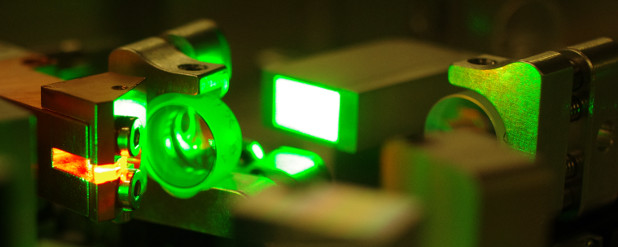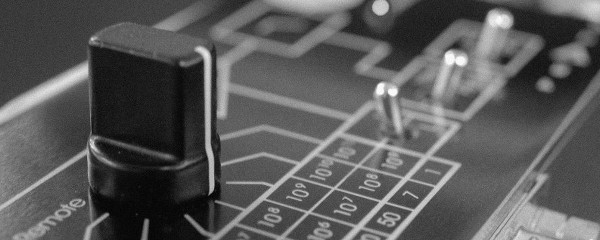Quantum optics


Epitaxially grown semiconductor quantum dots are a good example of a two-level quantum mechanical system in solid state. The optical excitation in such a two-level system can be used as a quantum bit (QBit) in a quantum computer. However, a single QBit is not enough. One needs several QBits connected to each other, a so-called quantum register. The decay of the coherence in the individual QBits makes it necessary that generation, modification and readout of the QBits must take place on a picosecond timescale. We examine the response of a single quantum dot, a single Qbit, to an ultrashort laser pulse and develop methods to optically alter the state of the Qbit and read it out by interferometry. A test case is the modification of the Qbit by a strong but non-resonant laser pulse. This leads to the so-called AC Stark Shift. Later, this strong laser pulse will be replaced by a second quantum dot, which is intended to modify the first quantum dot in a similar manner.
